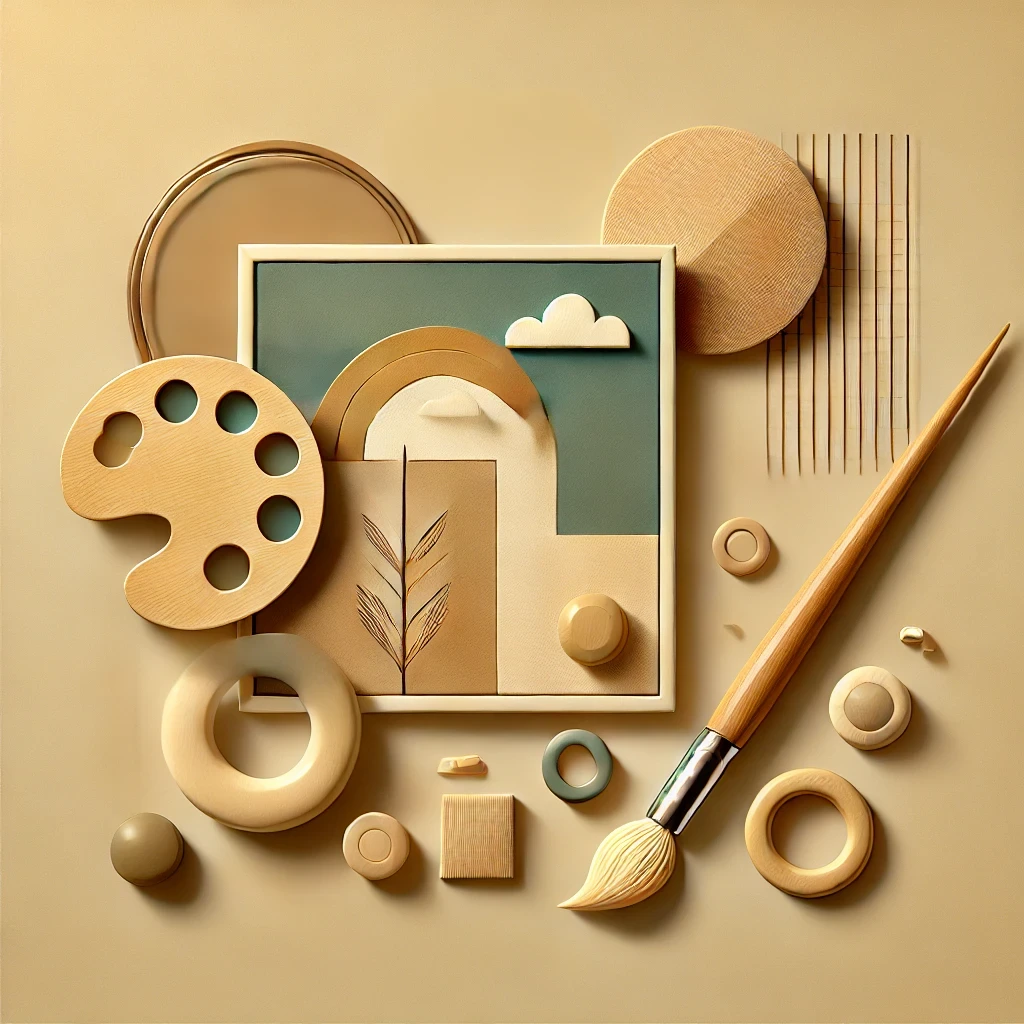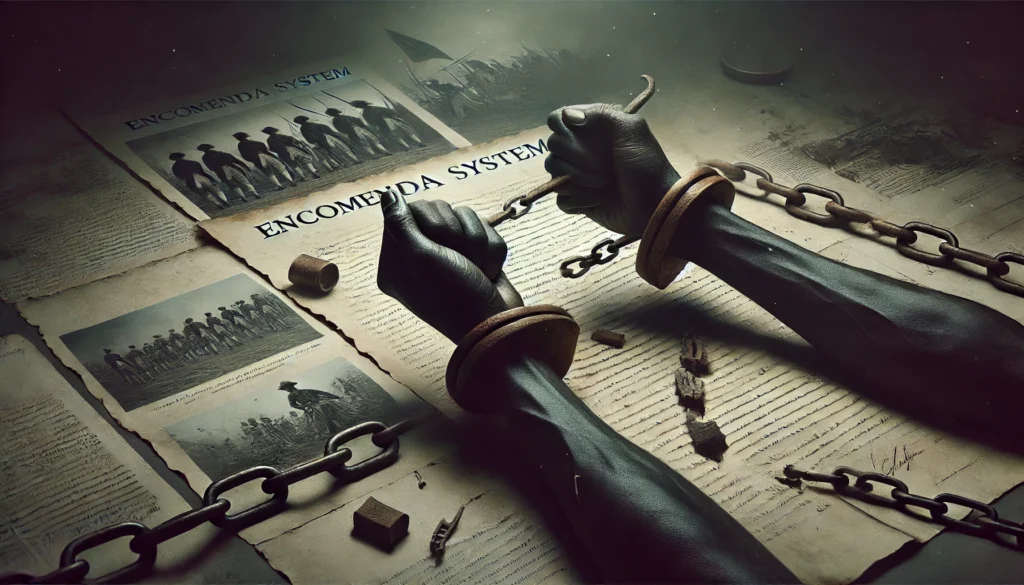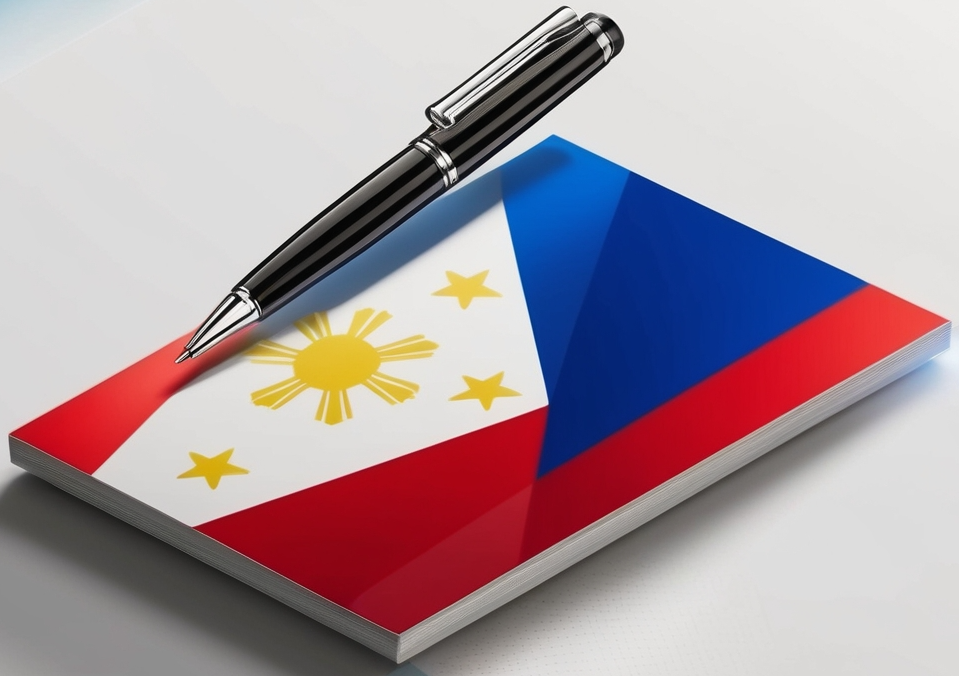The landscape of modern Filipino art is a vibrant tapestry woven from diverse cultural influences, historical experiences, and contemporary challenges. As the Philippines continues to navigate its place in the global arena, its artists serve as cultural ambassadors, offering unique perspectives on the nation’s identity, struggles, and aspirations. This blog post delves into the rich world of modern Filipino art, exploring its contemporary expressions and recurring themes. We’ll examine how Filipino artists are pushing boundaries, challenging conventions, and creating works that resonate both locally and internationally. From the bustling streets of Manila to the remote islands of the archipelago, Filipino artists are crafting a visual language that speaks to the complexities of their nation’s past, present, and future.
Historical Context
To fully appreciate the contemporary Filipino art scene, it’s crucial to understand its historical roots. The Philippines has a long and complex history of colonization, having been under Spanish rule for over three centuries, followed by American occupation and Japanese invasion during World War II. This tumultuous past has left an indelible mark on the country’s cultural identity and artistic expression. The post-war period saw a surge in nationalist sentiment, with artists like Victorio Edades, Carlos “Botong” Francisco, and Hernando R. Ocampo leading the charge in developing a distinctly Filipino modernist aesthetic. These pioneers paved the way for subsequent generations of artists to explore and redefine what it means to create Filipino art in an increasingly globalized world. The martial law era under Ferdinand Marcos in the 1970s and 1980s further galvanized many artists to use their work as a form of protest and social commentary. This tradition of socially engaged art continues to influence contemporary Filipino artists, who often grapple with issues of politics, identity, and social justice in their work.
Contemporary Themes in Filipino Art
Social and Political Commentary
Filipino artists have long used their work as a platform for social and political commentary, and this tradition remains strong in contemporary practice. Many artists today are creating works that address pressing issues such as corruption, human rights violations, and environmental degradation. For example, the installation artist Kiri Dalena has gained international recognition for her powerful pieces that tackle topics like extrajudicial killings and press freedom. Painter Manny Garibay’s large-scale canvases often depict scenes of political unrest and social inequality, serving as visual chronicles of the nation’s ongoing struggles. These artists, among many others, demonstrate how art can be a potent tool for raising awareness and sparking dialogue about critical societal issues.
Identity and Cultural Heritage
The quest to define and express Filipino identity in a globalized world is another prevalent theme in contemporary Filipino art. Artists are exploring the complexities of cultural heritage, often blending traditional motifs and techniques with modern aesthetics. Painter Ronald Ventura, for instance, is known for his layered compositions that juxtapose classical imagery with pop culture references, creating a visual metaphor for the multifaceted nature of Filipino identity. Similarly, installation artist Maria Taniguchi’s minimalist works often incorporate elements of Filipino indigenous patterns and textiles, reimagining traditional crafts in a contemporary context. This exploration of identity extends to the diaspora experience, with artists like Paul Pfeiffer and Stephanie Syjuco addressing themes of displacement, belonging, and cultural hybridity in their work.
Urban Life and Rapid Development
As the Philippines undergoes rapid urbanization and economic development, many artists are turning their attention to the changing landscape of city life. Painter Elmer Borlongan’s distinctive figurative works often depict scenes of everyday life in Manila, capturing the energy and challenges of urban existence. Street artist Gerilya combines traditional Filipino imagery with contemporary urban aesthetics to create murals that comment on social issues and celebrate local culture. These artists, among others, are documenting and interpreting the profound transformations taking place in Philippine society, offering critical perspectives on the costs and benefits of modernization.
Environmental Concerns
With the Philippines being one of the countries most vulnerable to climate change, environmental issues have become a significant focus for many contemporary artists. Installation artist Leeroy New creates otherworldly sculptures and environments using recycled materials, drawing attention to issues of waste and consumption. Painter Nona Garcia’s hyper-realistic depictions of natural landscapes serve as poignant reminders of the beauty and fragility of the Philippine ecosystem. These artists, along with many others, are using their work to raise awareness about environmental challenges and inspire action towards conservation and sustainability.
Emerging Trends and Techniques
Digital Art and New Media
The digital revolution has had a profound impact on the Filipino art scene, with many artists embracing new technologies and platforms to create and disseminate their work. Digital artist Blic creates mesmerizing animated GIFs that blend traditional Filipino motifs with contemporary visual effects. The art collective Mayumi, consisting of young Filipino digital artists, has gained a significant following on social media platforms for their innovative digital illustrations and animations. These artists are not only pushing the boundaries of what’s possible in terms of visual expression but are also reaching new audiences through online platforms and virtual exhibitions.
Performance and Participatory Art
There’s a growing trend towards performance and participatory art in the Philippines, with artists seeking to engage audiences in more direct and interactive ways. Performance artist Carlos Celdran gained international attention for his controversial “Damaso” protest, which combined elements of theater, history, and social activism. Artist Nikki Luna’s participatory installations often invite viewers to become part of the artwork, encouraging reflection on issues of gender and social justice. These approaches to art-making challenge traditional notions of the artist-viewer relationship and create immersive experiences that can have a powerful impact on audiences.
Interdisciplinary Collaborations
Many Filipino artists are breaking down the barriers between different artistic disciplines, collaborating across fields to create innovative and multifaceted works. The art collective Surrounded by Water, for example, brings together visual artists, musicians, and writers to create immersive installations and performances. Artist Kidlat Tahimik, often referred to as the “father of Philippine independent cinema,” combines elements of film, installation, and performance in his work, blurring the lines between different artistic mediums. These interdisciplinary approaches reflect a broader trend towards holistic and inclusive art-making practices in the Philippines.
Key Figures in Contemporary Filipino Art
To provide a more comprehensive overview of the contemporary Filipino art scene, let’s examine some of the key figures who have made significant contributions to the field in recent years:
| Artist | Medium | Notable Works | Themes |
|---|---|---|---|
| Ronald Ventura | Painting, Sculpture | “Grayground,” “Humanime” | Identity, Globalization |
| Maria Taniguchi | Painting, Installation | “Untitled (Brick Paintings),” “Figure Study” | Minimalism, Cultural Heritage |
| Leeroy New | Installation, Sculpture | “Aliens of Manila,” “Polyarboretum” | Environmental Issues, Urban Life |
| Kiri Dalena | Installation, Film | “Erased Slogans,” “Tungkong Langit” | Human Rights, Political Activism |
| Elmer Borlongan | Painting | “Pasada,” “Talim” | Urban Life, Social Realism |
| Nona Garcia | Painting | “Forest,” “Pag-asa” | Nature, Environmental Conservation |
| Nikki Luna | Installation, Sculpture | “Tiempos Muertos,” “This is How to be a Woman of the World” | Gender Issues, Social Justice |
| Blic | Digital Art | “Agimat,” “Bakunawa” | Digital Culture, Filipino Mythology |
These artists represent just a small fraction of the diverse and talented individuals contributing to the vibrant Filipino art scene. Their work collectively showcases the range of styles, mediums, and themes that characterize contemporary Filipino art.
The Global Impact of Filipino Art
In recent years, Filipino artists have been gaining increased recognition on the international stage. Major exhibitions featuring Filipino art have been held at prestigious institutions around the world, including the Guggenheim Museum in New York and the Tate Modern in London. Filipino artists have also been well-represented at international art fairs and biennales, with many securing representation from global galleries.
This growing international presence has several implications:
- Increased visibility for Filipino culture and perspectives
- Greater opportunities for Filipino artists to reach global audiences
- Cross-cultural exchanges and collaborations with international artists
- Economic benefits through art sales and cultural tourism
However, this global recognition also raises questions about authenticity and the potential for cultural commodification. Many Filipino artists grapple with the challenge of maintaining their cultural identity while appealing to international audiences.
Challenges and Opportunities in the Filipino Art Scene
Despite the growing recognition of Filipino art, both domestically and internationally, the local art scene faces several challenges:
Limited Government Support
Government funding for the arts in the Philippines remains limited compared to many other countries. This lack of institutional support can make it difficult for artists to sustain their practice and for art institutions to maintain their operations.
Infrastructure and Accessibility
While major cities like Manila have a thriving art scene, access to art education and exhibition spaces in more remote areas of the Philippines remains limited. This geographical disparity can make it challenging for artists from rural areas to gain exposure and opportunities.
Art Market Dynamics
The Philippine art market has seen significant growth in recent years, but it remains relatively small compared to other Asian art markets. This can limit opportunities for artists to make a living from their work and can lead to an emphasis on commercially viable art at the expense of more experimental or socially engaged practices.
Brain Drain
Many talented Filipino artists choose to pursue opportunities abroad due to limited prospects at home. While this can lead to increased international recognition for Filipino art, it can also deplete the local art scene of valuable talent and resources.
Despite these challenges, there are also many opportunities for growth and development in the Filipino art scene:
Digital Platforms
The rise of digital platforms and social media has created new avenues for artists to showcase their work and connect with audiences, both locally and globally. This democratization of art dissemination has the potential to level the playing field for artists from diverse backgrounds.
Cultural Diplomacy
As the Philippines seeks to strengthen its global presence, art can serve as a powerful tool for cultural diplomacy. Increased support for cultural exchanges and international exhibitions could provide valuable opportunities for Filipino artists.
Art Education
There’s growing recognition of the importance of art education in fostering creativity and critical thinking. Initiatives to improve art education in schools and communities could help nurture the next generation of Filipino artists and art appreciators.
Collaborative Spaces
The emergence of artist-run spaces, collectives, and community art projects is creating new models for artistic production and engagement. These grassroots initiatives often provide platforms for experimental and socially engaged art practices.
Conclusion
Modern Filipino art is a dynamic and multifaceted field that reflects the complex realities of contemporary Philippine society. From socially engaged practices that tackle pressing political issues to innovative digital works that push the boundaries of technology, Filipino artists are creating a rich and diverse body of work that resonates both locally and globally. The themes of identity, social justice, urbanization, and environmental concerns continue to be central to many artists’ practices, reflecting the ongoing negotiation of what it means to be Filipino in the 21st century.
As the Filipino art scene continues to evolve, it faces both challenges and opportunities. Limited institutional support and infrastructure remain significant hurdles, but the increasing global recognition of Filipino art and the democratizing potential of digital platforms offer exciting possibilities for growth and development. The future of Filipino art lies in its ability to navigate these challenges while staying true to its cultural roots and continuing to push the boundaries of artistic expression.
Ultimately, modern Filipino art serves as a powerful mirror to society, reflecting its complexities, contradictions, and aspirations. As the Philippines continues to navigate its place in the global community, its artists will undoubtedly play a crucial role in shaping the nation’s cultural identity and fostering dialogue about its past, present, and future.
Disclaimer: This blog post aims to provide an overview of modern Filipino art based on available information and research. While every effort has been made to ensure accuracy, the dynamic nature of the art world means that new developments may have occurred since the time of writing. Readers are encouraged to conduct further research and engage directly with Filipino art and artists to gain a more comprehensive understanding of this vibrant and evolving field. If you notice any inaccuracies or have additional information to contribute, please contact us so we can update and improve this resource.




